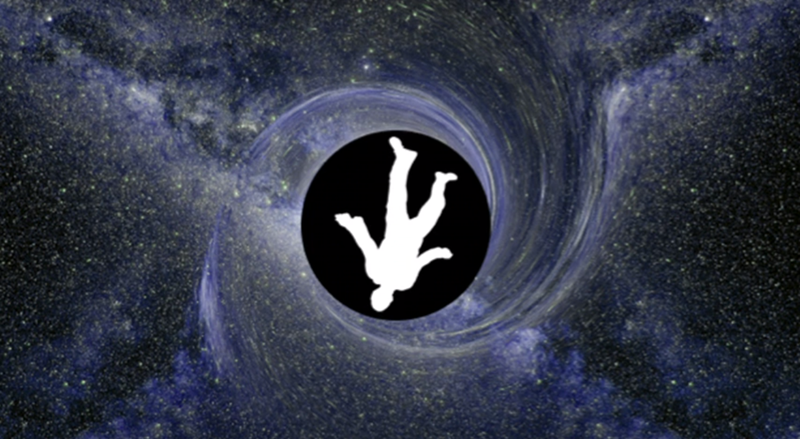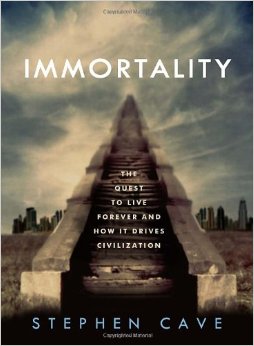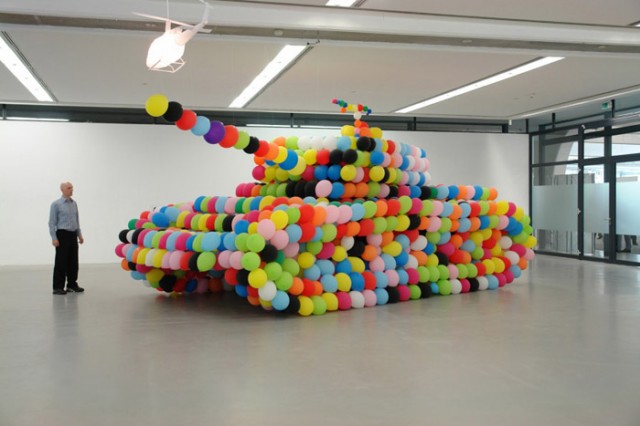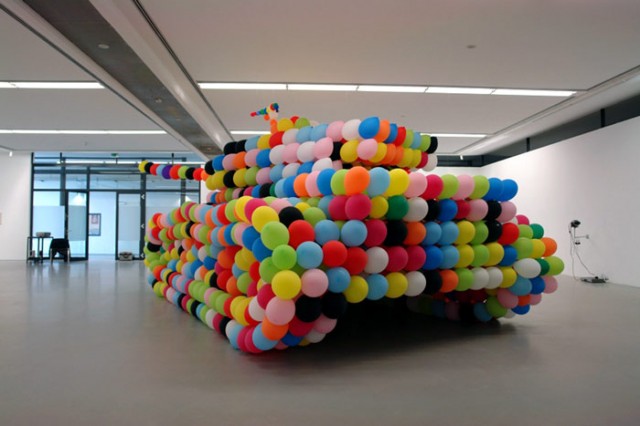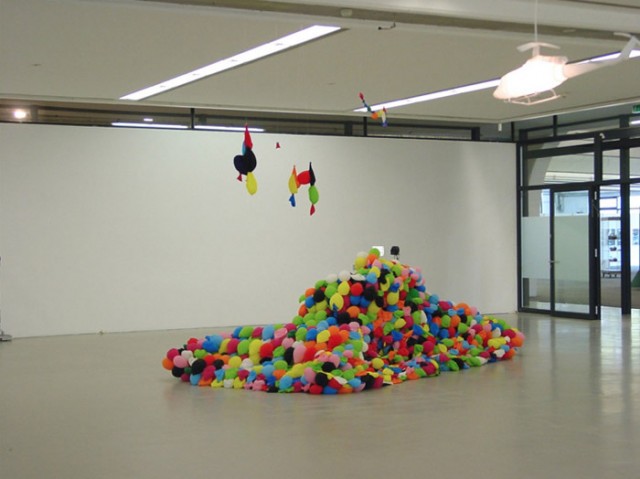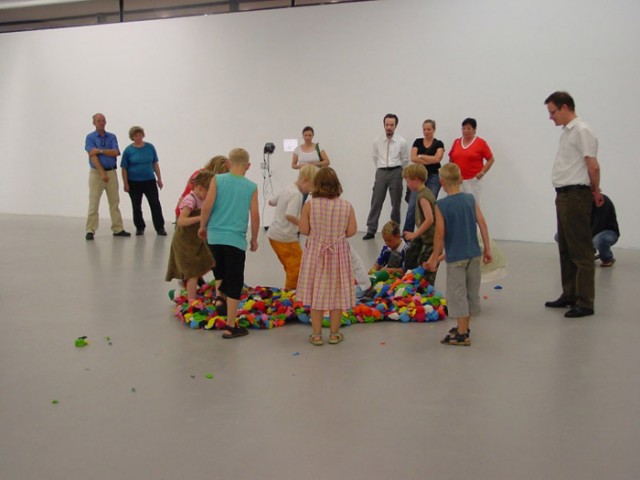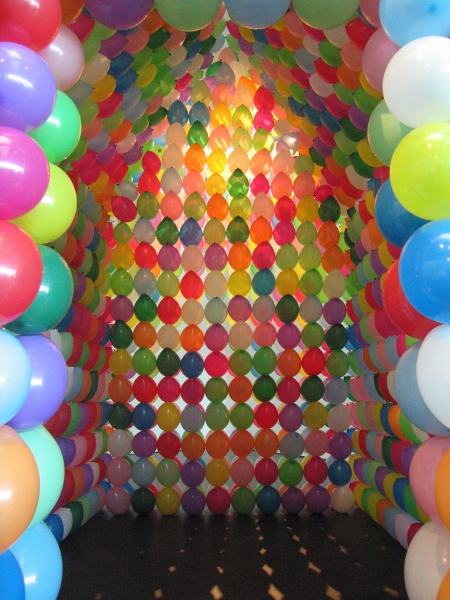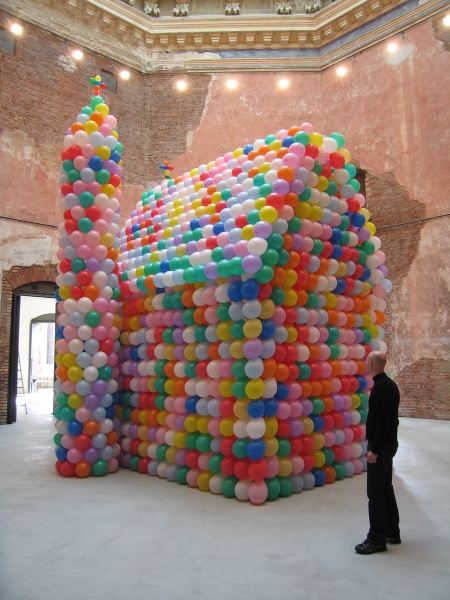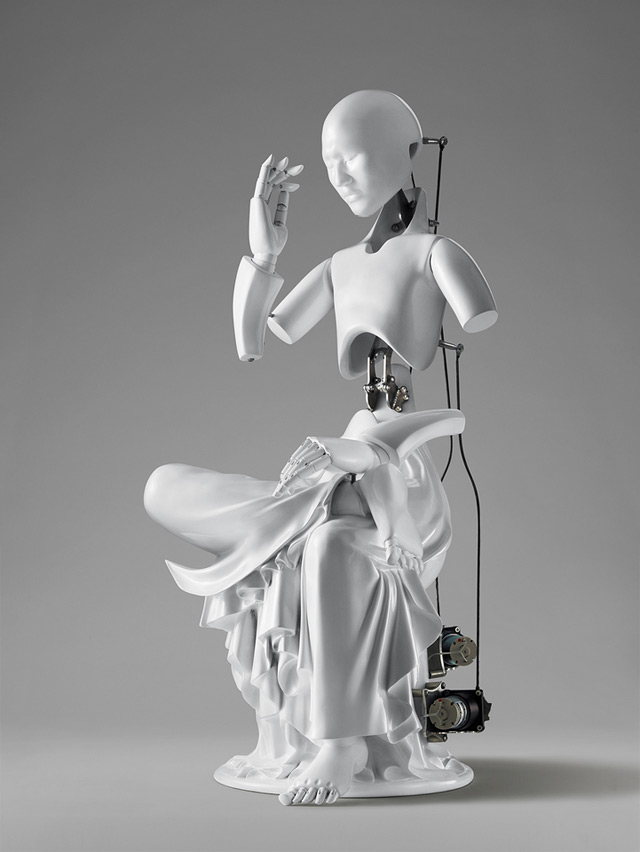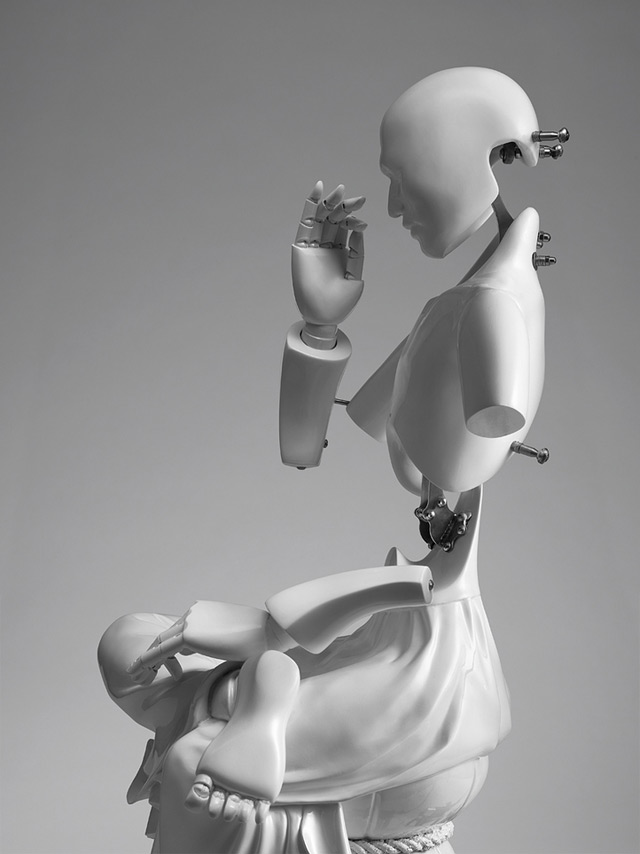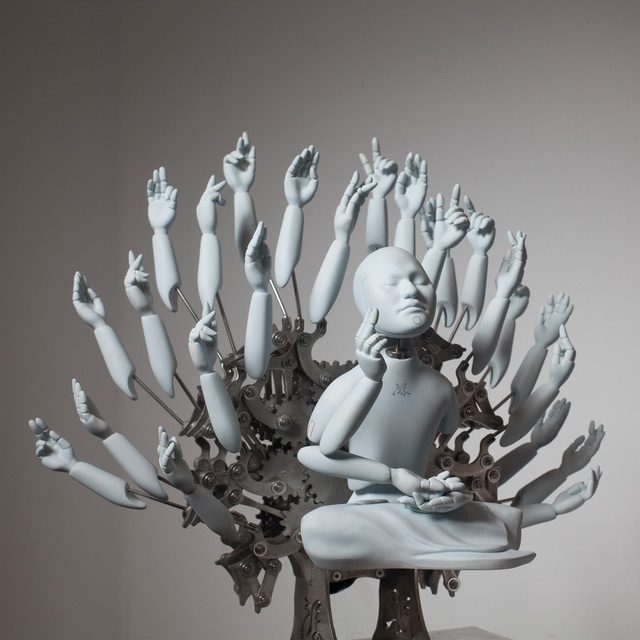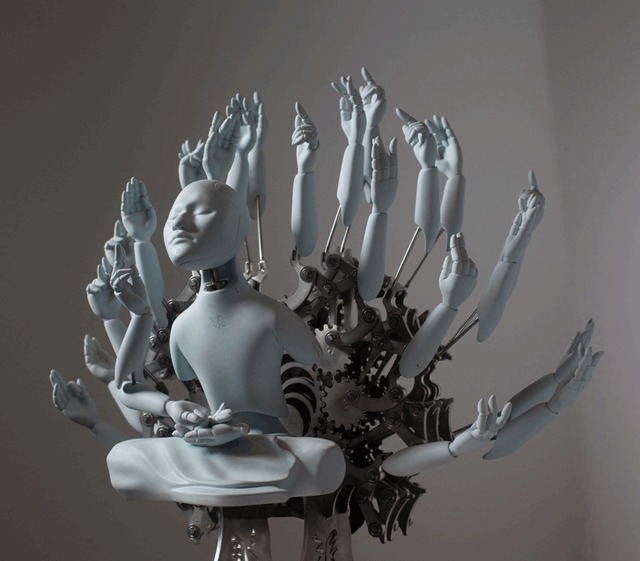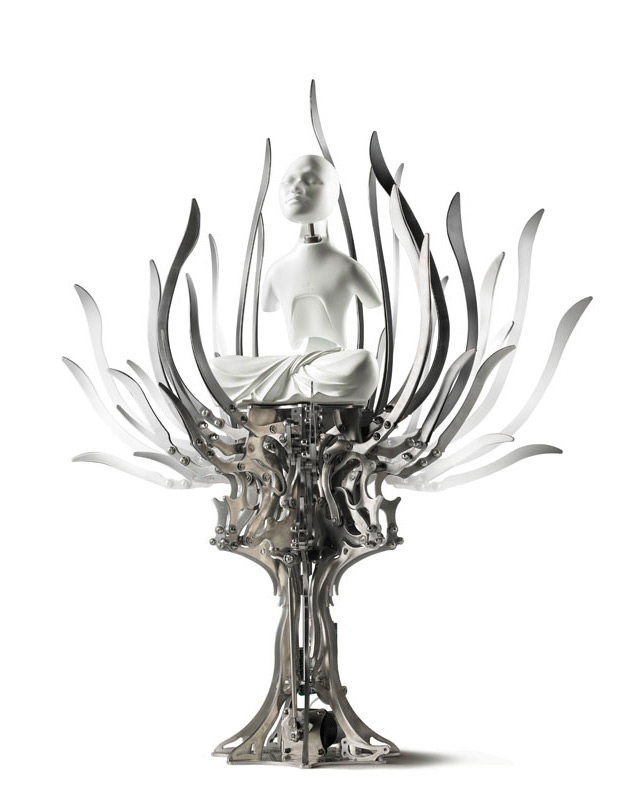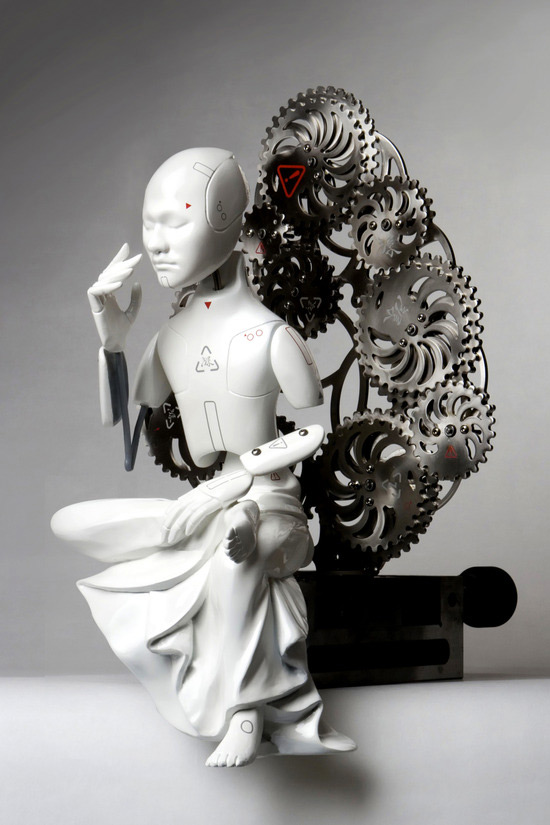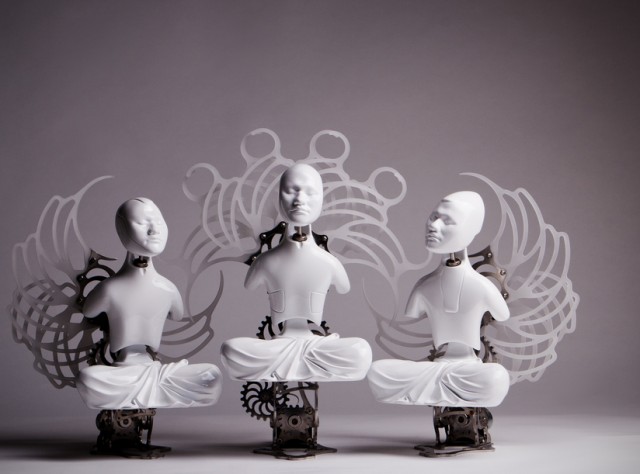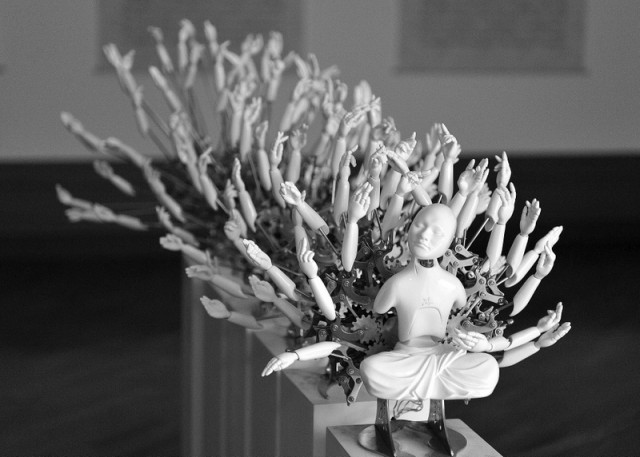Presented above is a TED Talk by Stephen Cave discussing the 4 principal stories we tell ourselves about death:
- Elixir
- Resurrection
- Soul
- Legacy
I enjoyed the part of the video when Mr. Cave relates these ancient ideas to our modern times:
- Elixir –> Stem Cells
- Resurrection –> Chryonics
- Soul –> Religion
- Legacy –> Parenthood
It seems that everyone I’ve met employs one of these strategies to cope with their own mortality…
Who here remembers when they first realized they were going to die? Well, I personally don’t, but developmental biologists seem to believe we acquired this trait around the age of 4 or 5 (according to research conducted by Jacqui Wooley at The University of Texas).
Since this early age, I’ve probably gone through each of these 4 stories to try to understand death… What comes next? What happens to our consciousness when we die? What does “nothingness” feel like? In time, I’ve realized that these questions don’t make much sense. As Dr. Cave points out, “being swallowed by the void is not something that any of us will ever live to experience.” In other words, when we die, that is all. Our sense of self and everything we’ve come to know will vanish. But, it’s nothing to fear! Fear itself will also vanish into this void.
So what does that leave us with? What is the purpose of life? I’m afraid I can’t answer that for you. I’m still looking for the answer. My advice would be to enjoy life to the fullest. Create memories of which you’re proud. Leave the world a better place. And if you want to employ one of the 4 stories from above to help you cope with your mortality, I say that is perfectly fine. It’s been happening since the dawn of humanity and I see no reason why it should stop anytime soon.
If this topic is of interest, you might want to check out Stephen Cave’s book about immortality found here.
-RSB
p.s. I think Dr. Cave may have been incorrect when he assumed this was an entirely human trait. Some animals probably do have a sense of their own mortality. Elephants, primates, dolphins have been shown to have self-awareness and a level of consciousness, so it’s not a stretch to think they would understand the idea of death. Anyway, I’m getting off point. I suppose a takeaway from this TED talk is that most humans don’t even seem to truly understand their own mortality.

